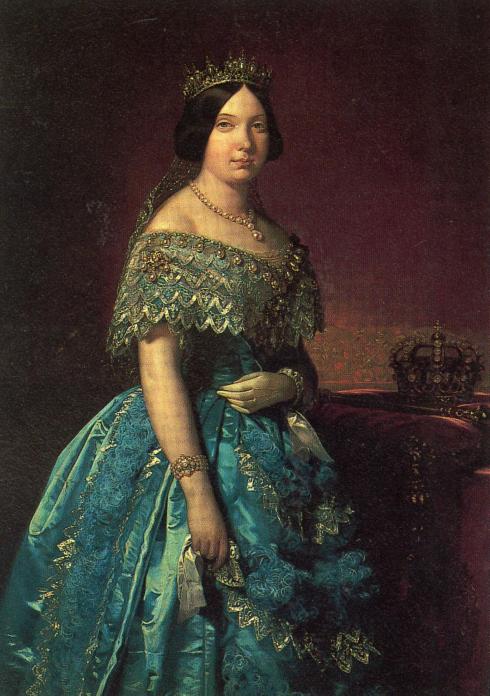

Sections
Highlight

alekk m. saanders
Friday, 9 April 2021, 15:33
Compartir
Isabella was born in Madrid in 1830, to the fourth wife of King Ferdinand VII, Maria Christina. As the king had fathered only two daughters, he decided to eliminate the Salic Law, which prevented women from reigning. This meant that his oldest daughter, Isabella, instead of his brother, Don Carlos, would inherit the throne.
On the death of her father, three-year-old Isabella was proclaimed sovereign, but until 1840 she ruled under the regency of her mother. That period was marked by palace intrigues and religious fanaticism. Authoritarianism was maintained through the support of the army.
Isabella's scandalous private life created lots of speculation. She had been expected to marry a relative of Prince Albert of England. However, in 1846, under pressure from the Moderate Party, the queen married her double-first cousin from the Bourbon family - Francisco de Asís, Duke of Cadiz. Her marriage contravened earlier Anglo-French agreements about the choice of husbands for Spanish princesses, and this aroused the anger of England. Additionally, it caused a temporary severance of the entente between England and France.
It appears that a year after the wedding, Isabella publicly displayed her love for Spanish General Serrano and declared her willingness to divorce her husband, but it never came to fruition, despite him being allegedly impotent or even homosexual.
Regardless, twelve children were born of the official marriage but only five reached adulthood, including the future king Alfonso XII. It is doubtful that Francisco de Asís was the biological father of any of them. It was rumoured Isabella often sought refuge from her unhappy marriage in relationships with various admirers, primarily from the reactionary side of the political spectrum.
Queen Isabella was toppled in the Glorious Revolution, and in 1870 was forced to abdicate in favour of her eldest surviving son. She and her husband settled in Paris, where she died from influenza complications on 9 April 1904.
The couple were buried in the Pantheon of Kings at the Monasterio de El Escorial near Madrid. Apparently because of her amorous and unhappy lifestyle, Isabella II came to be historically known as the Queen of Sad Mischance (La de los Tristes Destinos), among other names.
Publicidad
Publicidad
Publicidad
Publicidad
Reporta un error en esta noticia
Necesitas ser suscriptor para poder votar.